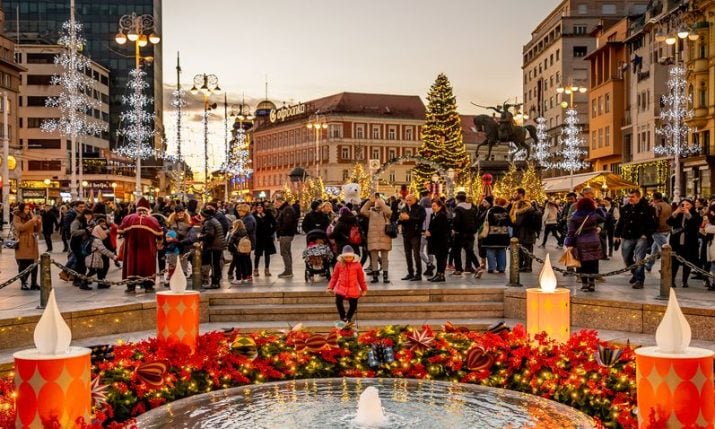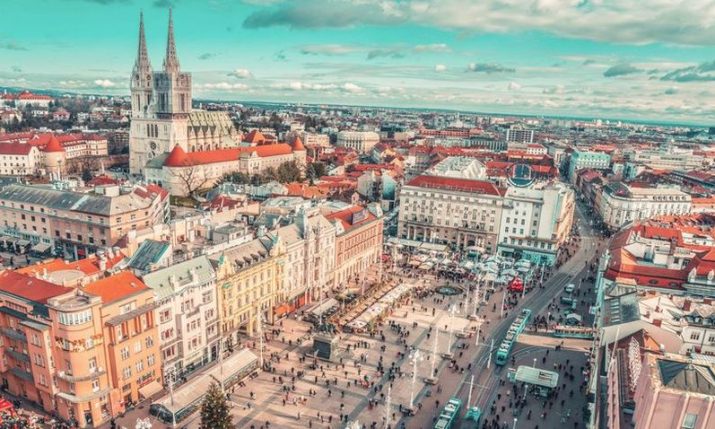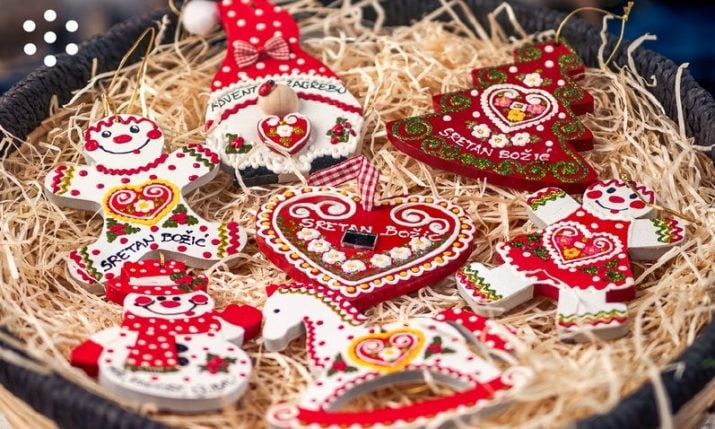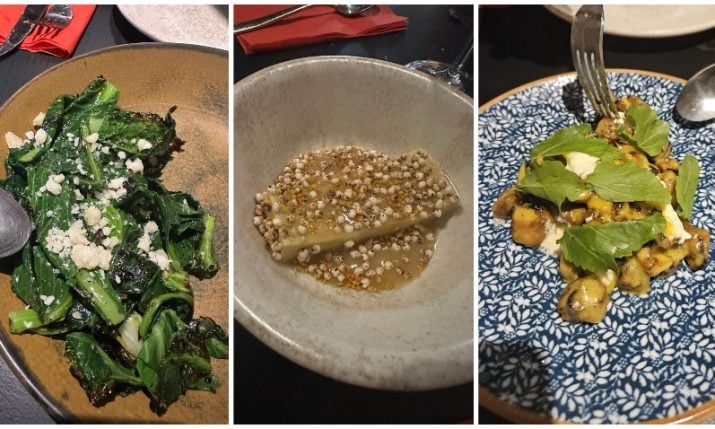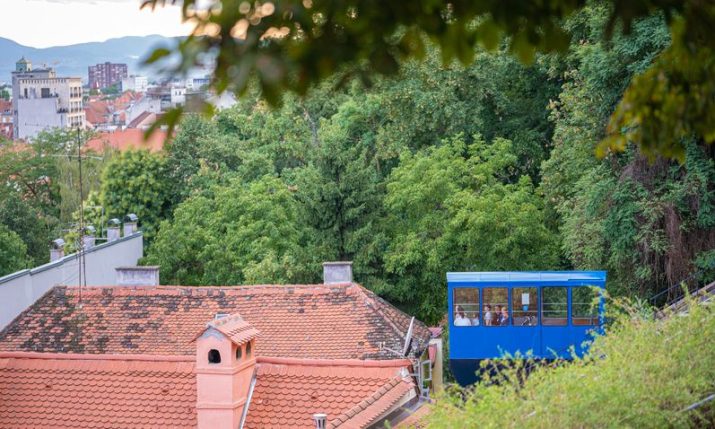The story of St. Mark’s Church’s colourful roof in Zagreb
- by croatiaweek
- in Entertainment
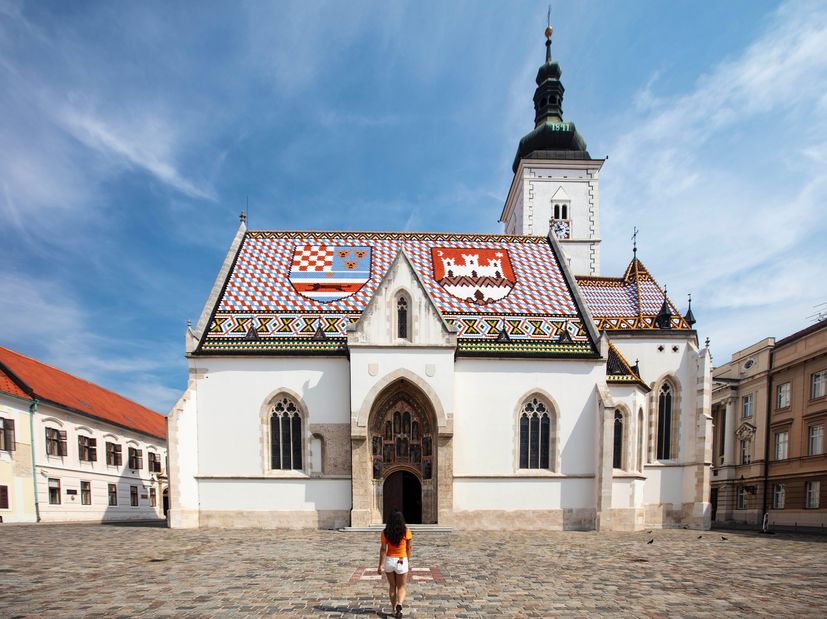
St Mark’s Church in Zagreb
St. Mark’s Church is one of the most well-known symbols of the Croatia capital Zagreb.
Located in the oldest part of the city in the Upper Town on St. Mark’s Square, the church features a Romanesque window on its south facade, providing evidence that it was constructed as early as the 13th century.
As time went on, the church underwent a significant reconstruction during the second half of the 14th century. The structure was transformed into a late Gothic church with three naves.
The reconstruction marked a major shift in the architectural style of the church, changing its appearance and significance for future generations to appreciate.
Considering that St. Mark’s Church is one of the oldest and most interesting buildings in Zagreb, it is hard to imagine that it was once considered for demolition due to a lack of space, the need to build a new church, dissatisfaction with its location on the square, and the use of materials for constructing new buildings.
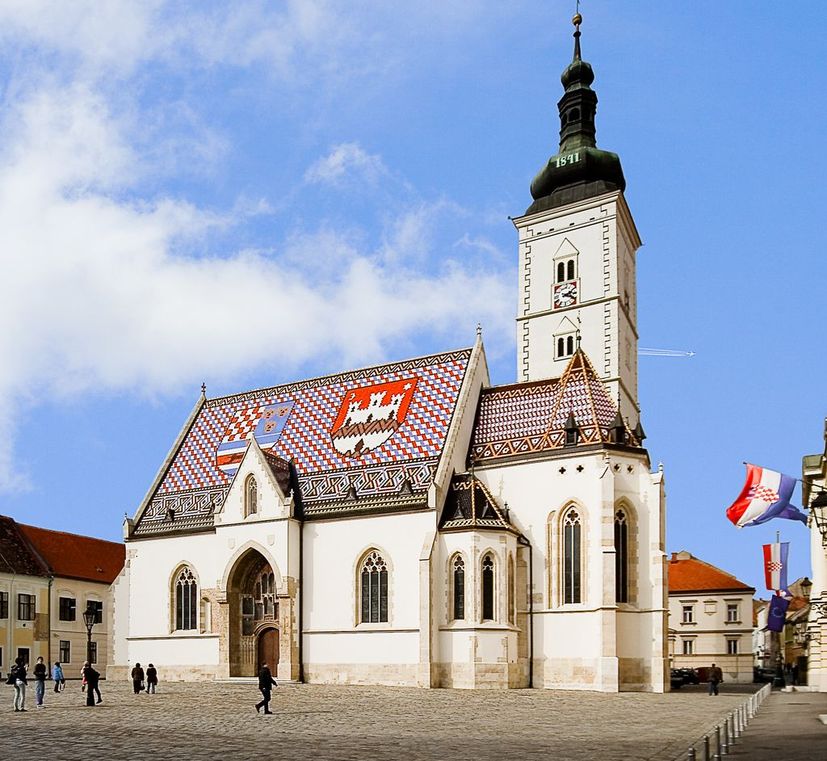
St. Mark’s Church (Photo: T Šklopan/Zagreb Tourist Board)
The first mention of demolition was in 1771, when a larger church was desired. Demolition was discussed several times during the 18th and 19th centuries.
In 1860, it was decided that the church should be restored, following another story about demolition.
Today, we are fortunate that the decision was made to keep the church in its original form, as we can still admire its beauty and historical significance.
Intricate colourful roof
Its popularity today, particularly amongst tourists, is also due to its intricate, colourful roof as thousands of tiles in various colours creates a stunning mosaic in the form of two coats of arms: one of the City of Zagreb and the other of the Triune Kingdom of Croatia, Slavonia, and Dalmatia.
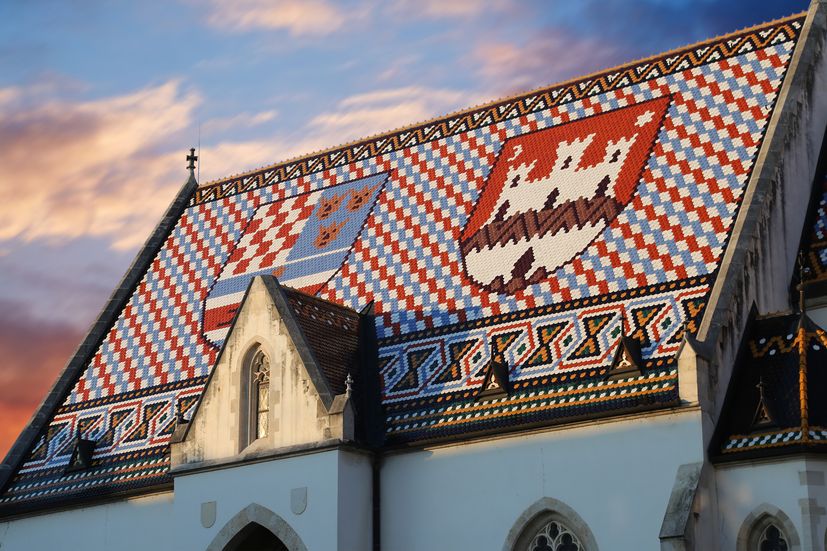
The Triune Kingdom of Croatia, Slavonia and Dalmatia coat of arms on the left and the City of Zagreb coast of arms on the right (Photo credit: – S. Carek/Zagreb Tourist Board)
The Triune Kingdom of Croatia, Slavonia, and Dalmatia was a concept advocated by Croatian leaders during national revival. It proposed a united kingdom between these three regions, which were already within the Austrian Empire but were politically and administratively separate entities.
The idea had roots in the historical Kingdom of Croatia and gained official recognition in 1868 when Croatia and Slavonia were united as the Kingdom of Croatia-Slavonia, with the name Triune Kingdom of Croatia, Slavonia, and Dalmatia becoming official.
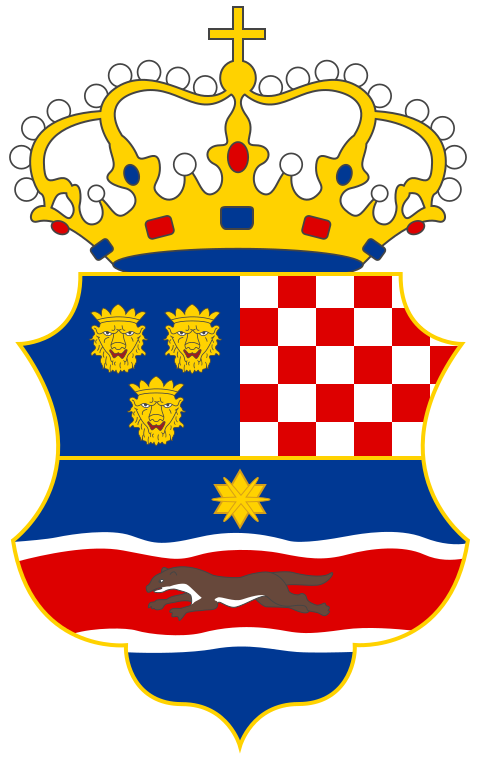
The Triune Kingdom of Croatia, Slavonia and Dalmatia coat of arms (Image: Samhanin/Public Domain)
This picturesque roof, which is not only an architectural marvel but also a reflection of the city’s rich history and culture, was constructed during the restoration of the church between 1876 and 1882, led by Viennese Gothic church restorer, architect Friedrich von Schmidt, and his collaborator, architect Hermann Bollé.
Interestingly, the coat of arms of the City of Zagreb on the roof is red in colour, while the official coat of arms of Zagreb today is blue. However, during the restoration of the roof, the official coat of arms used was the Gradec coat of arms, which was located on a red shield.
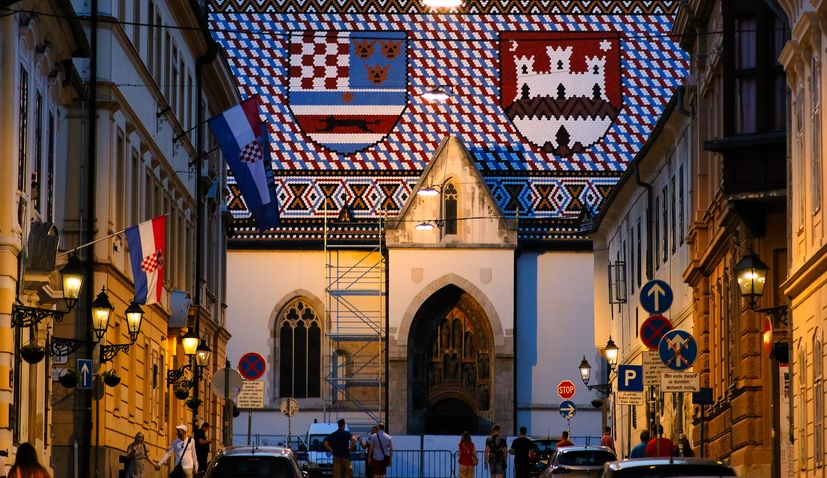
(Photo credit: Boško i Krešo/Zagreb Tourist Board)
The use of the coats of arms of Zagreb and the Triune Kingdom speaks to the city’s importance and significance in the region, while the intricate ornamentation reflects the artistic and cultural heritage of the city and its people.
Today, the church’s roof remains one of the most popular attractions in Zagreb, drawing visitors from all over the world to marvel at its beauty and learn about the city’s rich cultural and historical legacy.



